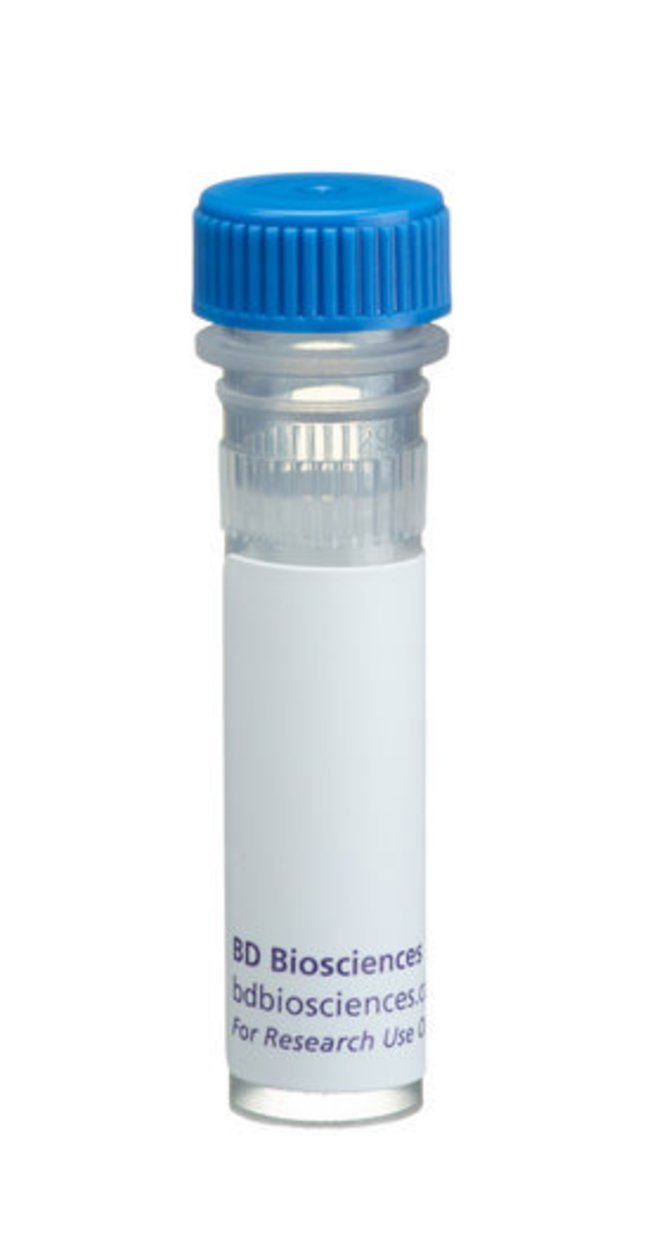BiP/GRP78 Mouse, Unlabeled, Clone: 40, BD, Mouse Monoclonal Antibody, Each

Details
Synthesis of nascent proteins occurs at sites on the endoplasmic reticulum (ER) called translocons. Translocon proteins form a pore in the membrane that allow passage of the newly synthesized protein from the ribosome into the ER lumen. As the nascent protein enters the lumen, it is bound by BiP ( bi nding p rotein), the major chaperone of the ER. This protein is identical to the 78kDa glucose regulated protein, GRP78. BiP binds short hydrophobic sequences of the emerging peptide and prevents denaturation or nonspecific aggregation. Hydrolysis of ATP by BiP results in the release of the nascent protein which quickly assumes its proper conformation. However, if folding is incorrect, BiP again binds the protein and prevents its exit from the ER. In addition, BiP binding is thought to enhance the movement of secretory polypeptides across the ER membrane, but it is not required for protein translocation. It is 60% identical to Hsp70 and is similarly increased by conditions that produce incorrectly folded proteins. Thus, BiP is a chaperone of the ER lumen that binds misfolded or unassembled secretory proteins and ensures proper movement of proteins from the ER to the Golgi apparatus.
Additional Information
| SKU | 10135222 |
|---|---|
| UOM | Each |
| UNSPSC | 12352200 |
| Manufacturer Part Number | 610979 |

